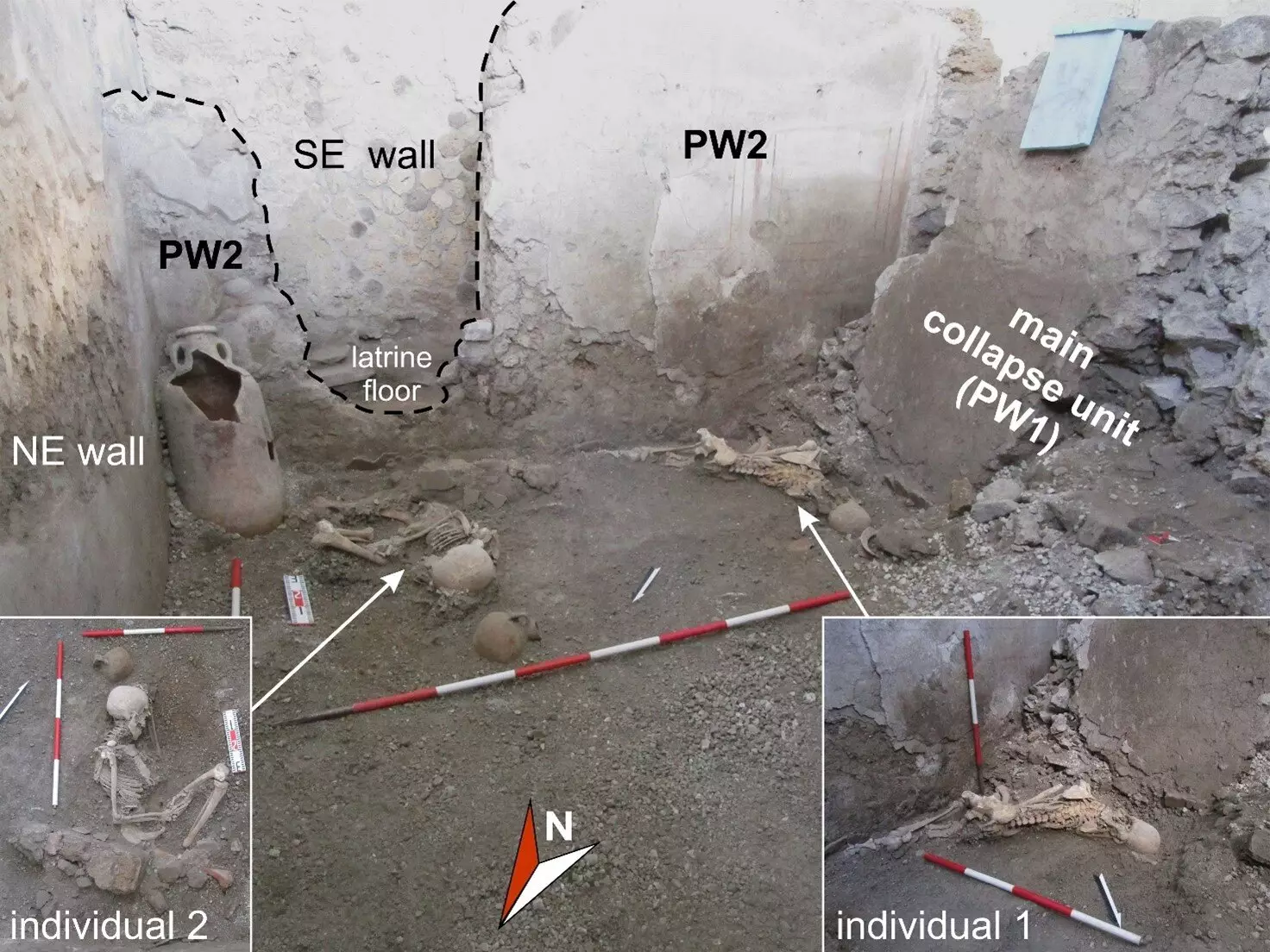Two millennia ago, the city of Pompeii faced its calamity amid the fiery wrath of Mount Vesuvius. The volcanic eruption on August 24, 79 AD, was not a singular event; it was compounded by a seismic nightmare that has long been shrouded in ambiguity. Recent academic work, spearheaded by the Istituto Nazionale di Geofisica e Vulcanologia (INGV) in collaboration with the Pompeii Archaeological Park, has taken a robust look at the interplay of earthquake tremors and volcanic activity during this historical cataclysm. In doing so, researchers are helping to clarify events that have captivated and bewildered historians and archeologists for centuries.
The effort to disentangle the effects of simultaneous earthquakes and volcanic eruptions poses a formidable challenge. The crux of this analysis lies in understanding how these two phenomena informed the chain of destruction that befell the doomed city, leading to a misinterpretation of the seismic tragedies as mere by-products of the volcanic fury.
Seismic Insights: The Hidden Dangers of Earthquakes
What the researchers have uncovered is nothing short of profound. According to Dr. Domenico Sparice, a key associated volcanologist, one cannot simply view the eruption as a monolithic event. “These complexities are like a jigsaw puzzle,” he notes, underscoring the necessity of a multifaceted approach to grasp the full scope of what transpired. As seismic activity rattled the city, the psychological and physical toll on residents must have been catastrophic. The study highlights that the seismic shocks preceding the eruption likely influenced the decisions and reactions of the Pompeiians. Were they fully aware of the impending doom, or did the earthquakes create a false sense of security? The conclusions drawn by Sparice and his colleagues emphasize that the underpinning cause-effect relationships concerning earthquakes and volcanic phenomena can show a drastic divergence from commonly held notions.
The analysis goes beyond mere academic curiosity; it holds the key to understanding the existential realities faced by the Pompeiians as seismicity ratcheted up the fear. With buildings bending under the pressure of seismic shocks, structures that might have initially appeared robust became perilous traps.
Exploration of the Remains: A Gruesome Reality
As researchers excavated the “Casa dei Pittori al Lavoro,” revealing uniquely chaotic destruction rather than the expected layered deposits of volcanic ash, they stumbled upon two male skeletons that primed them for a deeper investigation. Both males, aged approximately fifty, exhibited severe fractures, hinting at a violent end. Dr. Mauro Di Vito pointed to these skeletal clues as necessary to form a broader narrative about the tragic circumstances leading to their deaths. The positioning of the remains suggests they survived the initial onslaught of ash only to meet their end because of an earthquake-induced building collapse.
The findings contrast sharply with traditional interpretations, showcasing that residents couldn’t simply drown in ash or succumb to torrid heat alone. Rather, these people were caught amidst falling walls and collapsing roofs; awake and conscious until the final fatal moment.
Dr. Valeria Amoretti, adding another layer to the investigation, identified evidence that implies one individual attempted self-preservation by shielding himself with a rounded wooden artifact. This detail transforms the narrative from one of passive victims to one where humanity exerted its last effort against an unstoppable force.
The Human Experience: Choices Amid Chaos
What resonates deeply from the study is not just the raw data but the personal experiences associated with the cataclysm. The very choices made by individuals during the calamity may have dictated their fates—whether to flee or to stay sheltered beneath weakened roofs. The study postulates that not everyone could find refuge; instead, some may have made the perilous decision to venture outside, only to be met with their fate in the unyielding embrace of ash.
Understanding the psychological landscape of Pompeiians adds a compelling dimension to this disaster narrative. Through the lens of modern scholarship, we are urged to view the events not just as geological phenomena but as a disturbing reflection of human resilience—or fragility—when forced to confront nature’s wrath.
Each layer of this investigation reveals the intricate web woven between survival, choice, and nature’s unrelenting power, inviting contemporary observers to grapple with complex human emotions that stand the test of time. Thus, while centuries may separate us from the lives lost that fateful day, the echoes of their choices resonate through history, challenging our understanding of vulnerability in the face of overwhelming disaster.

